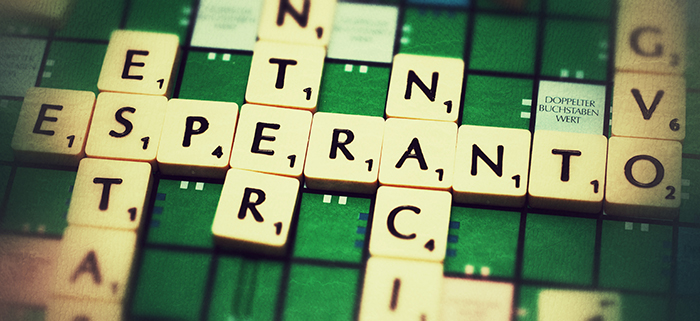The language barrier is one of the greatest concerns of aspiring international travelers. Even with pocket dictionaries, Google Translate, and multi-lingual tour guides, being in a country where you don’t speak the primary language can be uncomfortable, scary, or even dangerous.
Polish physician Ludwig L. Zamenhoff in the late 19th century must have felt much the same, so he created what is today the world’s most widely dispersed artificial language: Esperanto. Today, Esperanto has millions of speakers, tens of thousands of books, and even quite a few native speakers.
Largely based off of the Romance language, Esperanto has vocabulary and grammar rules that are designed to be simple and easy to learn, so people all across the world can use it almost as an international pigeon language to make travel easier. For example, every noun in Esperanto ends in “o.” “Doktoro” means “doctor,” “food” is “nutro,” and “suitcase” is “valizo.” To make anything plural, just add a j, “doktoroj”, “nutroj”, and “valizoj” respectively. All verb infinitives end in “i” and all adjectives end in “a.” Aspiring polyglots have even found that learning Esperanto gave them a boost in going on to learn other Romance and Germanic languages including Russian and Greek.
Learning Esperanto opens up to a world of travel possibilities. Esperanto-speaking backpackers across the United States and Europe have found free lodging, and sometimes even board, through the Esperanto community. Others have found international work and network opportunities through the shared language of Esperanto.
Though some scoff, Esperanto is growing beyond Europe and the United States and into Asia. And the on the world-wide web, more than a thousand Esperanto articles are uploaded every month. The community and opportunities connected to Esperanto are continually expanding. Communication is, after all, a crucial piece to the puzzle of global progress. Maybe the world would be better off if we all had at least one language in common.
—Jamie Mortensen

